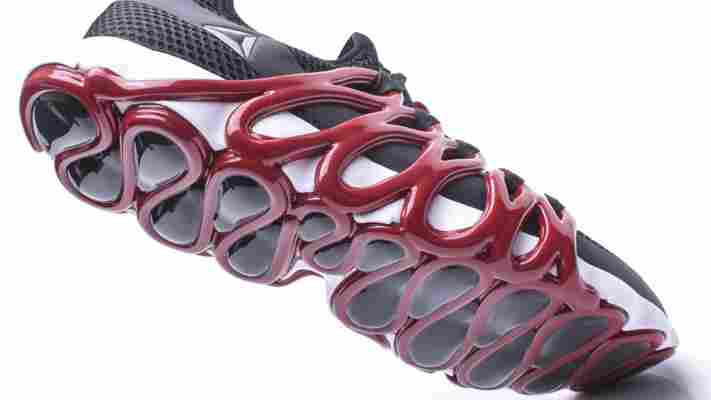The Reebok Liquid Speed sneaker represents more than just the cutting edge in performance; it also introduces a potential revolution in footwear manufacturing. Dubbed Liquid Factory, the process uses robots to create the shoe’s outsole by “3-D drawing” multiple layers of a high-energy liquid material, which is then extended to form a lattice that molds around the shoe and integrates with the lacing system. The result is “the first ever energy-return outsole, which performs dramatically better than a typical rubber outsole,” according to a statement by Reebok head of future and former NASA engineer Bill McInnis, while also providing “a three-dimensional fit.” In addition, the futuristic manufacturing process eliminates the use of a mold, one of the most time-consuming and costly parts of current sneaker construction. “Footwear manufacturing hasn't dramatically changed over the last 30 years,” McInnis said. “With Liquid Factory, we wanted to fundamentally change the way that shoes are made. This opens up brand-new possibilities both for what we can create and the speed with which we can create it.”

Reebok joins competitors Nike, New Balance , Adidas , and Under Armor in recently making headlines for utilizing different 3-D–printing technologies to push both innovation and performance. Developed in collaboration with firms BASF and RAMPF, the Liquid Speed is a special-edition creation, limited to just 300 pairs. But with plans to open a Liquid Factory lab in 2017, Reebok is clearly drawing up its next step.
This content can also be viewed on the site it originates from.
